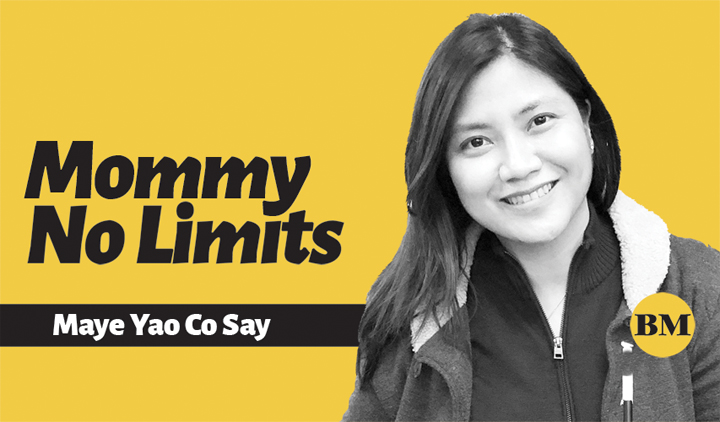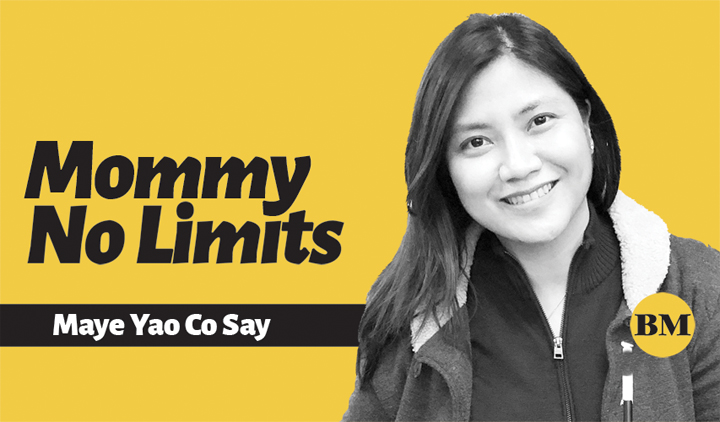
IN an article published for the Heinrich Böll Stiftung in Brussels, Ana P. Santos writes: “Filipino students have not been inside a classroom since March [2020], when President Rodrigo Duterte declared a nationwide public health emergency. Government education bureaus had planned to eventually allow face-to-face classes in areas with low Covid-19 infection rates but then, in May [2021], Duterte created a ‘no vaccine, no classes’ policy, effectively keeping schools closed indefinitely.”
This resulted in kids either doing distance, modular or blended learning. For those doing distance learning, this means needing a reliable Internet connection to attend classes, coordinate homework with teachers, and doing research for more complex assignments. In my case, I noticed that in higher levels like my daughter’s require more group work and video projects that use online applications.
In the same article, Santos underscores the challenges in pandemic-induced distance learning: “[The situation becomes greatly problematic], given a DepEd [Department of Education] survey showing that, of the 6.5 million students who have access to the Internet, approximately 20 percent use computer shops or other public places to go online. Worse, 2.8 million students have no way of going online at all. This is especially common in the rural areas where 53 percent of the population live and where both Internet access and speed can be a challenge.”
It is bad enough that, according to Unicef, “when education is disrupted by emergencies like disease outbreaks, children are more likely to drop out of school completely. The agency also warned that delaying the opening of the school year would further widen the education gap and would have long-term repercussions on children’s development.” That said, while distance learning may not be perfect, it is still a better alternative that should be made available to every student at this time. With schools across the country welcoming students back for another year of distance learning, reliable access to data is crucial to ensure the continuity of every student’s education. To help provide relief to distance learners struggling with connectivity, Globe Business and Unilever forged a partnership that give hundreds of thousands of Filipino households access to free mobile data for the school year.
Ongoing until December 31, through a promotion powered by Unilever and Globe’s enterprise arm, any purchase of specially-marked Lady’s Choice Sandwich Spread products gives customers the chance to win 100MB and 300MB Globe and TM data for free. To redeem the free data, customers need only text the promo code found inside the Lady’s Choice packs to 2117 in this format: LC<SPACE><CODE>. Each participant must use up one data promo at a time before availing of another code. The promo is available in all leading supermarkets nationwide.
This is a partnership that can help bridge the gap in data connectivity access for education. “We are honored to become part of the solution to the connectivity woes that beset many Filipino learners. Through our partnership with Globe Business, we have become a channel that will give students easier access to mobile data which is so important in their day-to-day learning,” says Marjorie Chan, Lady’s Choice brand manager.
“Our collaboration with Unilever is an example of how like-minded enterprises can team up to become a force for good, especially in ensuring that Filipino students continue to have access to proper education through seamless online learning experience,” says Peter Maquera, senior vice president for Globe business, enterprise group.
Besides this partnership, this year the telco giant has also extended free access to government learning platforms such as DepEd Commons and Phil-Connect for distance learners. Through this plan, data is only charged when a user is brought to an external site outside the whitelisted web sites. “Globe believes in the power of education to enable a brighter future for Filipinos,” adds Maquera. “This is why we remain committed to developing solutions and forging partnerships and programs to enable the youth and academic institutions to thrive amid changing learning structures.”
Globe has also launched its e-Library, a free learning resource that Globe and TM subscribers can access to help them with their assignments and expand their learning through the materials made available on the platform. To safeguard underage students from exposure to harmful content on the Internet, the telco has also rolled out the Digital Thumbprint Program which helps teach young students the rudiments of online safety, digital responsibility, and online discernment and empowerment. The program recently ramped up its campaign against online sexual abuse and exploitation of children through insightful educational sessions.

